Underwater submarine hunting gliders are being rigorously trialled in the North Atlantic, say the Royal Navy.
One of the Slocum Gliders is right now being tested to the limit as it hoovers up information about the seas west of Scotland during a five-month deployment. The unmanned Slocum is capable of sending near real-time information on temperature, depth, salinity (salt content), currents, oxygen levels, turbulence and more.

According to a Royal Navy release:
“These parameters can impact the efficiency of the sonar and sensors used by the Type 23 frigates and Merlin and Wildcat helicopters – as well as the Royal Air Force’s P-8 Poseidon – during submarine hunting operations. Currently, data collection takes months, but these gliders can not only provide unparalleled insight, they can also relay information in a matter of hours.
The intention is for the navy to eventually deploy gliders continually to high-threat areas to give a clear and constant picture of the underwater battlespace, meaning operational decisions will be based on the very latest information. Having this data quickly means sub-hunters will be able to adapt better when they are attempting to detect underwater surface threats.”
The gliders can reportedly provide up-to-date information on these matters quickly to TAC HM (tactical hydrography, meteorology and oceanography) trained officers who can then advise submarine hunting commanders about the range of the ship’s sonars and how to adjust settings for best results.


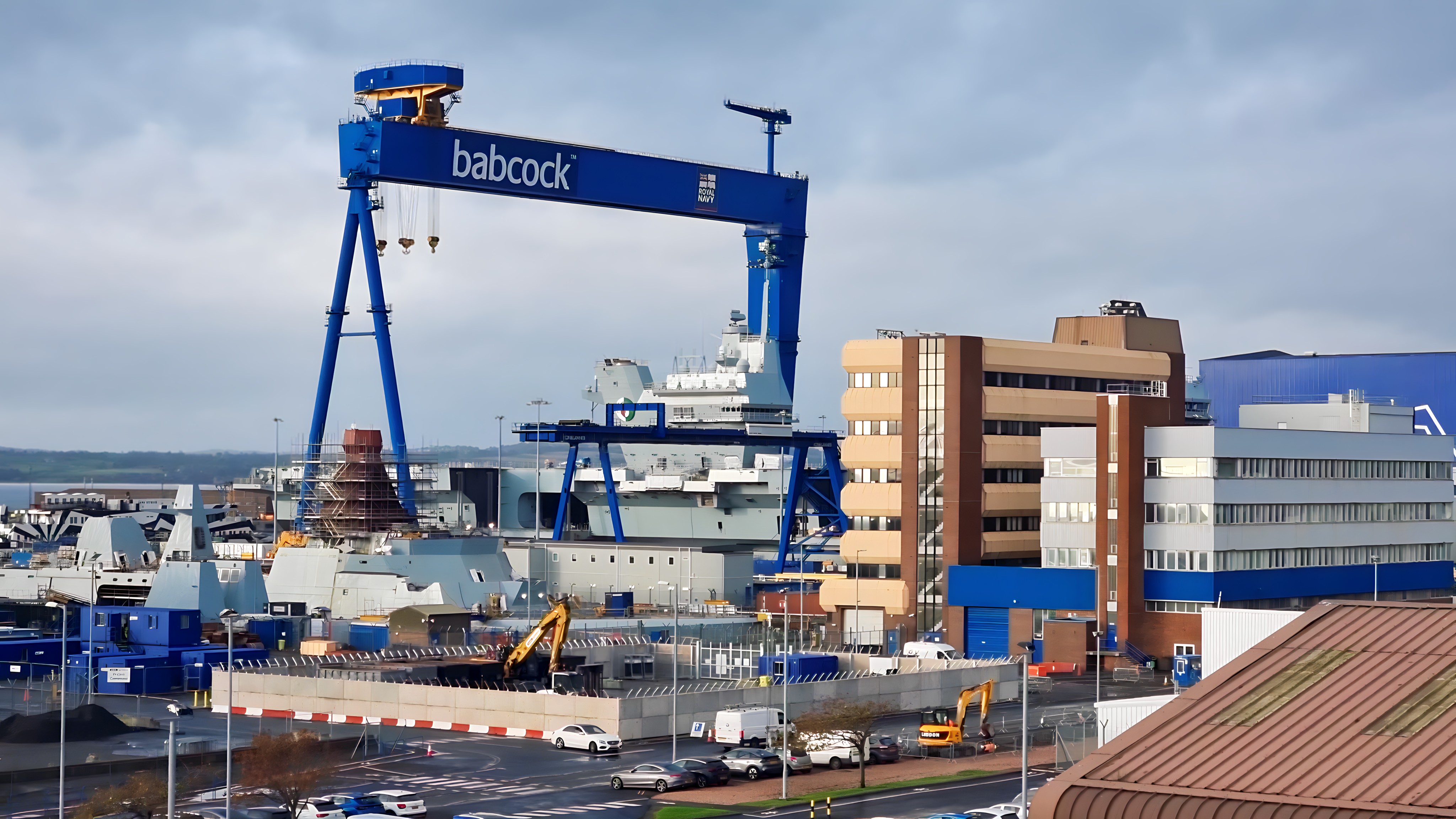



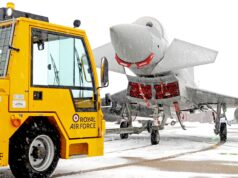
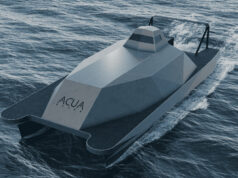
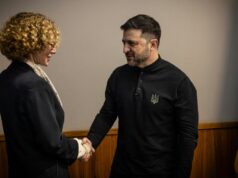


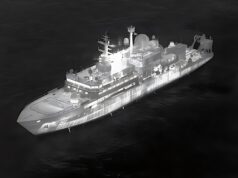

Suppose it will come down to the cost of the units and therefore the numbers used but these could make submarine ops especially in confined waters a lot harder.
The title of this article is a bit miss-leading, isn’t it? While I look forward to the day when gliders like this can hunt submarines, this one isn’t it. It’s the underwater equivalent of a met balloon.
Agreed
They dont hunt anything. They are automonous Bathythermographs.
They will make the enviromentals a lot more accurate for calculating thermoclines, convergence zones and ray trace predictions on active sets.
I bet you will still have to go onto the quaterdeck when its pitch black at 2 in the morning, get goffa’d by a freezing cold north atlantic wave and still have to do a Bathy drop though.
Yup. It seems a pimped version of both S/M and skimmer bathy’s, if its going to give an extended duration report maybe on a common frequency then a lot of units could benefit from it.
It’s the Ocean equivalent of Met satellites. There are already hundreds if not thousands of ARGO floats deployed all over the globe.
An almost realtime underwater data collection upgrade
Hope It will progress, as it will be a boost for the navy.
From the RN
“The intention is for the navy to eventually deploy gliders continually to high-threat areas to give a clear and constant picture of the underwater battlespace, meaning operational decisions will be based on the very latest information.
Having this data quickly means sub-hunters will be able to adapt better when they are attempting to detect underwater surface threats.”
Look. This about acquiring knowledge and the possibilities and limitations. Good.
Sort of space age bathy?